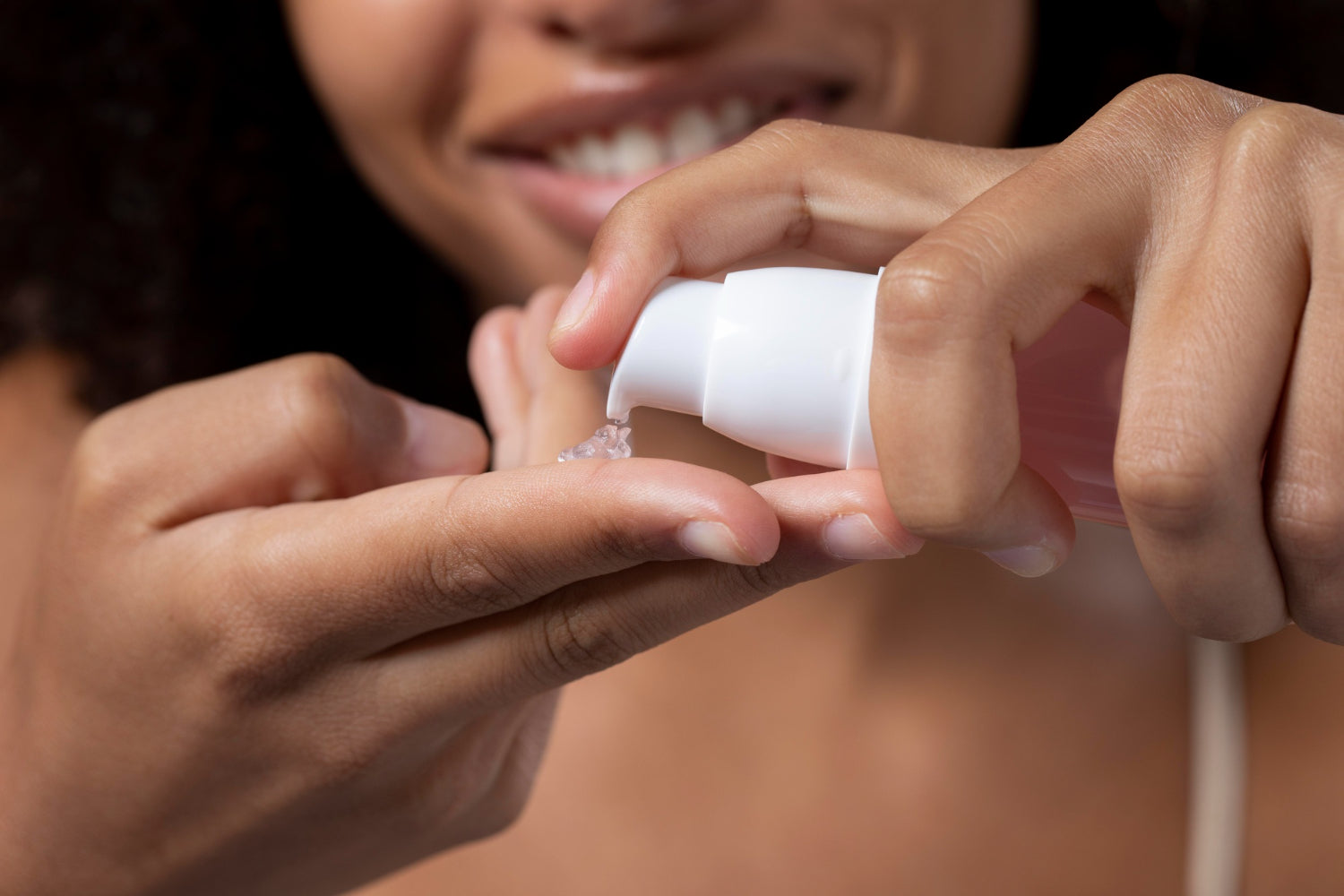Skin rashes are more than just itchy spots or red patches. They can pop up for all kinds of reasons. Sometimes they’re dry and flaky. Other times they burn or even ooze. The symptoms can change depending on the cause, which makes them tough to manage when it’s unclear what triggered them. For people who deal with recurring rashes, the discomfort can interfere with sleep, focus, or daily routines. Over-the-counter creams help sometimes, but other times things just linger or return again and again.
That’s where ozone gel comes into the conversation. It’s not a magic fix, but it is a natural option that supports the skin’s ability to bounce back. When applied with care, it helps create a cleaner surface that encourages healing and soothes irritation. Whether you’re dealing with occasional heat rashes, a patch of dry bumps that won’t fade, or general skin sensitivity, ozone gel may help calm things down without clogging pores or coating your skin in heavy layers.
Common Causes of Skin Rashes
To figure out how to deal with a rash, it helps to understand what might be behind it in the first place. Rashes can form for a lot of reasons, and sometimes the triggers aren’t easy to spot at first. For some people, it might be a new soap or lotion. For others, it’s a sudden change in weather or even clothes rubbing the wrong way. Health issues like infections or allergic reactions can lead to flare-ups that feel like they come out of nowhere.
Here are a few common causes of skin rashes:
- Allergies to certain foods, pollen, pet dander, or particular fabrics
- Harsh soaps, detergents, or products that contain strong fragrances
- Excess sweating and heat trapped in tight clothing or skin folds
- Bacterial or fungal infections when the skin barrier breaks down
- Autoimmune conditions or internal imbalances showing through the skin
Once the skin becomes irritated, its natural barrier starts to weaken. That makes it harder to hold onto moisture and resist other irritants. A mild flare-up can grow quickly if the surface keeps getting disturbed. Scratching adds another layer of damage, increasing the risk of infection and slowing healing.
Even if the cause of the rash is removed, the skin often needs some extra support to return to normal. That’s where gentle care products like ozone gel come into play. They don’t just cover the surface. They help the skin repair from within, which can make a difference, especially during repeated flare-ups.
How Ozone Gel Works for Skin
Ozone is a form of oxygen that’s often used in skincare because of its deep-cleaning and soothing potential. When turned into a gel, ozone is easier to apply without irritation. The gel itself feels smooth and light. It doesn’t have the heavy feel of oily products or thick balms that leave residue behind. What sets ozone gel apart is how it directs oxygen to the skin’s surface. That interaction helps refresh tired skin, supports how the immune cells function, and creates space for better healing.
Here’s how ozone gel may help soothe skin rashes:
- It calms irritated, hot, or red skin
- It helps keep pores clear of buildup
- It reduces dryness by creating a hydrated feel
- It improves circulation in the affected area
By giving skin extra oxygen, ozone gel can help the tissue stay balanced and less reactive. It doesn’t just sit on top of the problem. It works where irritation starts—at the base level where bacteria or sweat buildup can linger. That attention to the skin’s natural structure supports healing on a deeper level than just moisturizing.
Picture this: someone who keeps getting a breakout near their hairline after workouts starts using ozone gel after showers. By applying it gently around the area while it's clean, they notice less redness and itching over time. The gel’s lightweight feel combined with oxygen support helps calm the skin before things get worse.
Steps To Treat Skin Rashes With Ozone Gel
Getting the most benefit from ozone gel depends on the way it’s used. A careful, clean approach gives your skin what it needs to rebuild without more irritation. The gel’s texture makes it easy to apply consistently while allowing the rash to breathe during recovery.
Here’s a basic guide to applying ozone gel if you’re working through a skin rash:
- Wash the area with cool or lukewarm water using a gentle cleanser. Dry the skin by patting it rather than rubbing.
- Apply a thin layer of ozone gel directly to the inflamed or irritated area. Don’t use too much—just enough to cover it lightly.
- Let the gel soak in completely. There’s no need to rinse or wipe off unless otherwise advised.
- Keep heavy lotions, oils, or powders away from the area while it’s being treated to avoid clogging the skin.
- Apply the gel two times a day—once in the morning and again at night. If the skin feels dry, more frequent applications may be helpful.
Try not to scratch, even if the area itches. Scratching can cause more harm and set the skin back in its healing process. If the rash gets irritated by clothing, wear something loose and breathable. It helps prevent sweat and friction from making the rash worse. You might also think about switching to detergent that doesn’t use heavy scents while your skin repairs itself.
How you treat the skin around the rash is just as important. Gentle care combined with paying attention to triggers makes a difference in how fast recovery can happen. Some people notice a change within a few days when they commit to a steady routine and avoid irritating habits.
Supporting Your Skin's Health
Ozone gel can be a helpful addition to your skincare routine, but it works best as part of a bigger picture. Many rashes start from patterns—things we do or encounter without thinking. Making small changes in those patterns helps the skin stay healthy and cut back on repeat flare-ups.
Here are a few simple ways to care for your skin each day:
- Drink enough water every day. Keeping your body hydrated helps your skin hold moisture from the inside.
- Choose gentle products that don’t have added fragrances, especially if your skin tends to break out or feel irritated.
- Go for clothing made from softer materials, like cotton, so your skin doesn’t have to fight against rough or tight fabrics.
- Keep your nails short to keep yourself from doing more damage if you scratch during sleep.
- Always wash your hands before touching or treating any rash.
One person in the Southwest started to notice a rash brewing every spring, especially around their neck. They connected it to local plant exposure during hikes. So after heading outdoors, they got in the habit of washing up quickly and applying ozone gel daily before bed. That year, the rash didn’t spread as much and faded faster.
The common thread across these stories is steadiness. When people take the time to understand their skin and respond with care, the skin usually responds right back with signs of healing. Making supportive habits second nature can take pressure off your routine by giving your skin exactly what it needs when it needs it.
Why Gentle, Consistent Care Makes All the Difference
When your skin is flaring up, it’s sending a message. It wants cleaner, calmer conditions so it can return to balance. Ozone gel works by offering oxygen support right where your skin needs it, guiding irritated spots back to comfort. Whether your rash is from heat, an allergy, or just one of those mystery flare-ups, having something that helps without being harsh gives you more room to relax.
Every rash is different, and progress takes time. But with a product formula that keeps things simple and a care routine built around awareness, you can give your skin the tools it needs to bounce back. That slower, steady approach is often what leads to long-term relief—and short-term peace of mind.
Embrace the calming and restorative benefits of natural solutions with Ozone Charged. Whether you're dealing with irritation or looking for smoother skin, adding an ozone gel for skin to your daily routine can make a real difference. Clearer, healthier skin starts with small changes that support your skin’s balance and comfort.

